Decorating shelves in the living room can transform your space from mundane to magnificent. They serve not only as a storage solution but also as a platform to showcase your personality and style. With a bit of creativity, you can elevate your living room decor to new heights. In this comprehensive guide, I’ll share my personal experiences and expert tips on how to decorate shelves effectively.
Understanding the Purpose of Your Shelves
Before diving into the aesthetics, it’s crucial to understand why you want to decorate your shelves. Are they for displaying books, family photos, or decorative items? Identifying the purpose will guide your design choices.
Types of Shelves
- Wall Shelves: Mounted directly onto walls and great for small spaces.
- Shelving Units: Freestanding structures that can hold a variety of items.
- Bookshelves: Traditional shelf designs dedicated primarily to books.
Essential Tips for Shelf Decorating
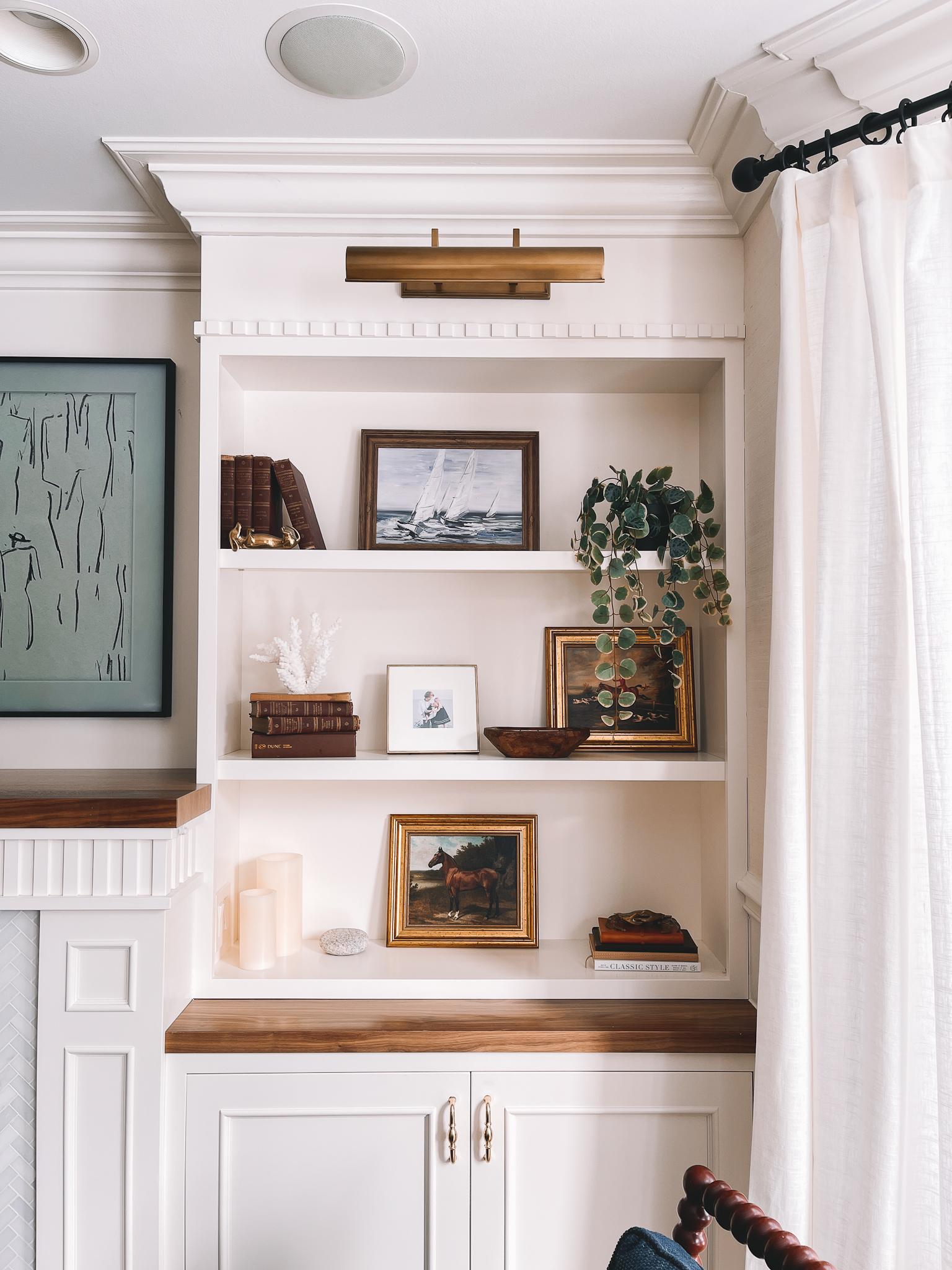
1. Balance and Symmetry
Creating visual balance is key. While symmetry can provide a sense of calm, asymmetry can lead to more dynamic visual interest. Experiment with both to see what feels right in your space.
2. Layering and Depth
Layer items by placing taller items at the back and shorter ones in front. This technique creates depth and ensures that everything is visible. Use a mix of vertical and horizontal items to enhance the visual appeal.
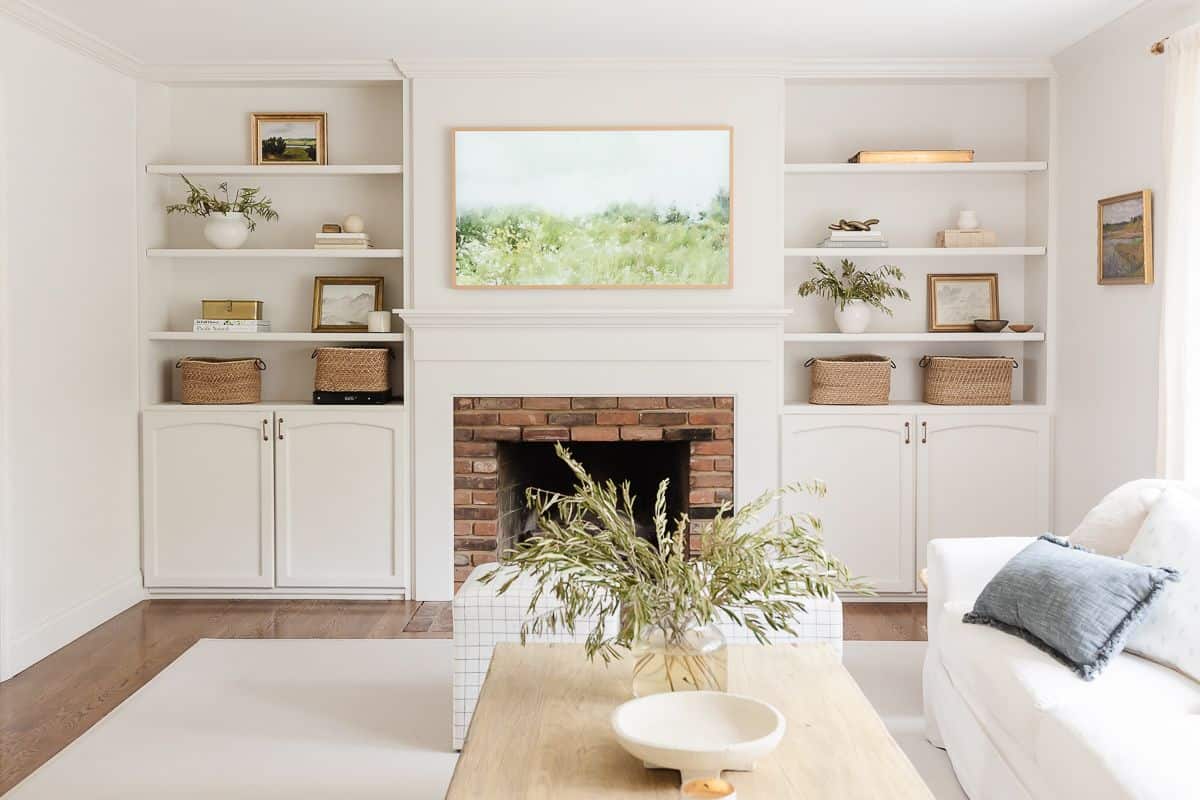
Comparison of Layering Techniques
| Technique | Pros | Cons |
|---|---|---|
| Symmetrical Layering | Creates a sense of order | Can be predictable |
| Asymmetrical Layering | More visually interesting | May appear cluttered if overdone |
3. Use a Color Palette
Choose a color palette that complements your living room. Sticking to 2-3 main colors will create cohesion. For instance, if your living room features earth tones, integrate similar hues into your shelf decor.
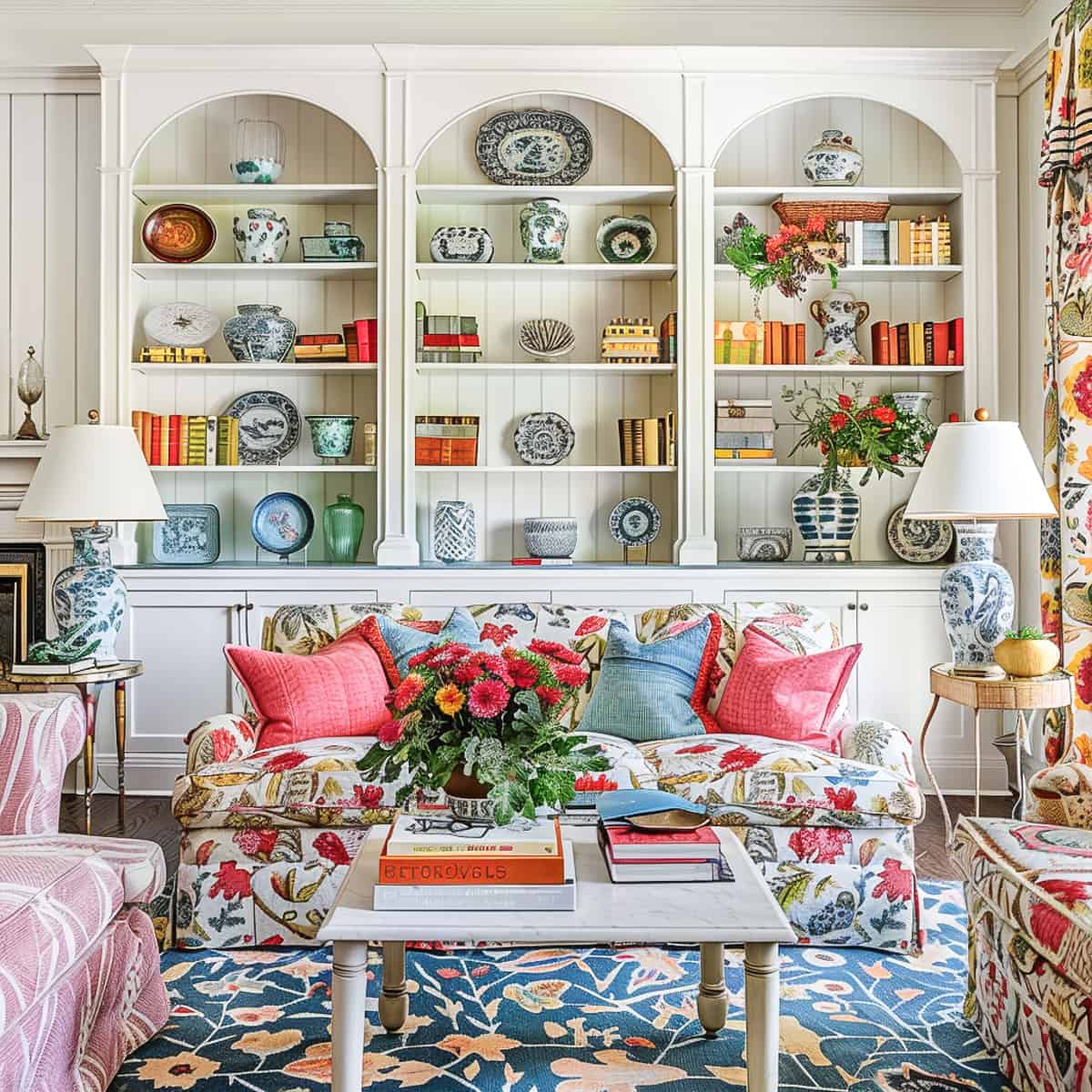
Choosing Decorative Items for Your Shelves
Now that you understand the basics, let’s delve into the types of items you can showcase on your shelves.
Books
Books are a classic choice. They can be stacked horizontally or vertically. Consider displaying colorful book covers or arranging them by theme or color for a cohesive look.

Plants
Adding greenery brings life to your shelves. Opt for low-maintenance plants like succulents or snake plants if you’re not ready for a full gardening commitment.
Pros and Cons of Using Plants
| Pros | Cons |
|---|---|
| Adds color and texture | Requires care and maintenance |
| Improves air quality | Can overshadow smaller items |
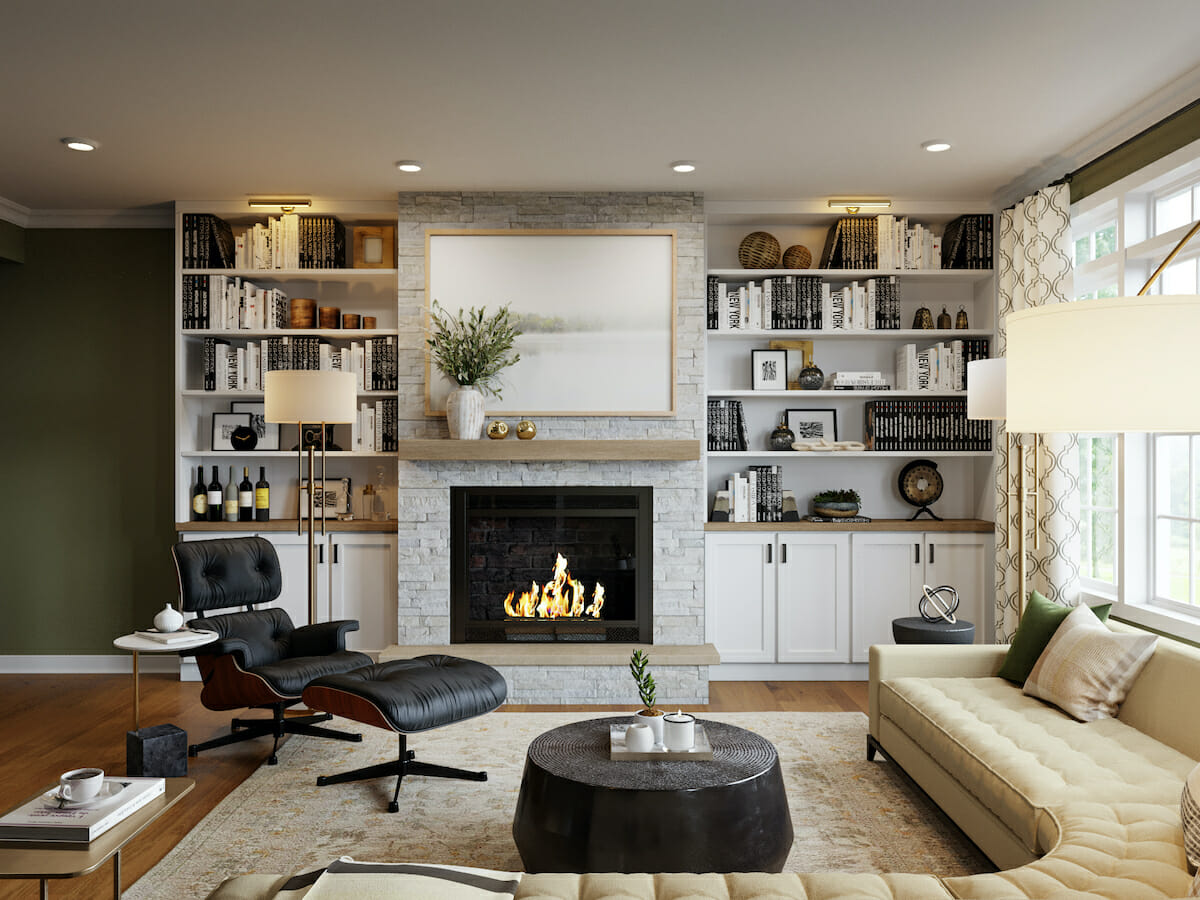
Personal Items and Memorabilia
Incorporating personal items like travel souvenirs or family photos adds a unique touch. These items tell your story and make your living space truly yours.
Creating Vignettes
A vignette is a group of items arranged together to create a cohesive visual story. Here’s how to create one:
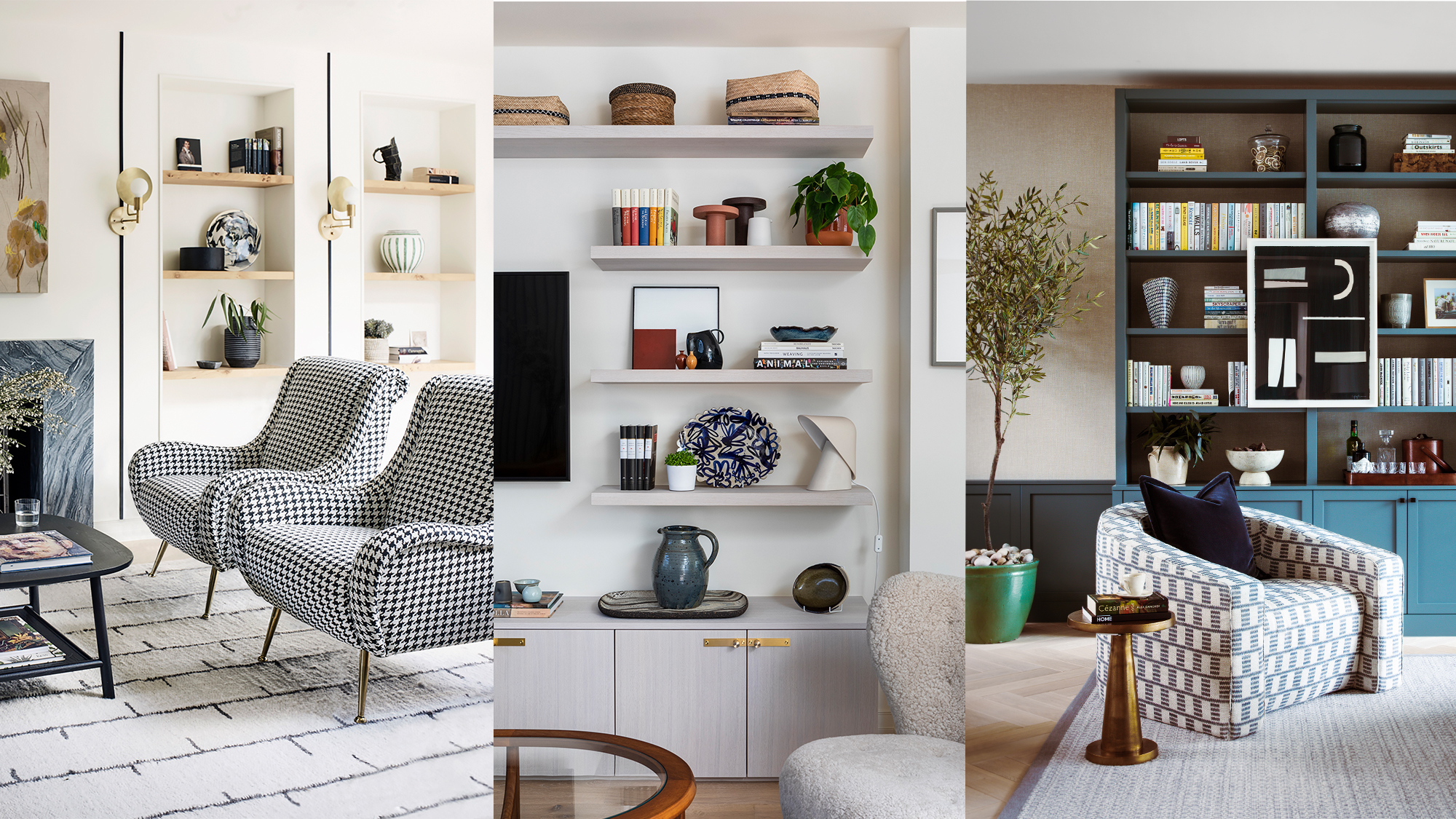
Step-by-Step Guide to Arranging a Vignette
- Choose a Theme: Decide on a theme—travel, nature, or family.
- Select a Focal Point: Start with a larger item as your focal point.
- Layer Surrounding Items: Add smaller items around the focal point for balance.
- Use Varying Heights: Ensure your items are of different heights to create interest.
- Step Back and Adjust: Always step back to see how the vignette appears from afar, making adjustments as necessary.
Lighting Considerations for Shelves
Proper lighting can highlight your curated items beautifully. Here are a few options:
Different Lighting Options
- LED Strip Lights: Great for adding subtle lighting.
- Spotlights: Helps to focus on key decorative pieces.
- Candlelight: Adds a warm, inviting ambiance.
Maintaining Your Decor
Once your shelves are styled, it’s important to maintain the look. Regular dusting and occasional rearranging keep the decor fresh.
Cleaning Tips
- Use a microfiber cloth for dusting.
- Avoid harsh chemicals that could damage your decor.
- Rearrange items seasonally to reflect changes in mood or design.
Common Mistakes to Avoid
Even the most seasoned decorators make mistakes. Here are some common pitfalls and how to avoid them:
1. Overcrowding Your Shelves
A cluttered shelf can be overwhelming. Less is often more. Select key pieces that resonate with you.
2. Ignoring Scale
Ensure that the size of your decorative items complements the shelf. Too large or too small can throw off the entire design.
3. Neglecting the Importance of Color
Inconsistent color schemes can create visual chaos. Stick to a cohesive palette to enhance your overall decor.
FAQ
What types of items should I avoid putting on shelves?
Avoid overly large items that can overwhelm your space, as well as any items that may easily fall or break. It’s best to keep fragile items on lower shelves or securely placed.
How often should I change my shelf decor?
Consider changing your decor with the seasons or whenever you feel inspired. A simple rearrangement can refresh your living space without major effort.
Can I use shelves for storage in addition to decor?
Absolutely! Balanced shelving can serve both aesthetic and functional purposes. Use decorative baskets or boxes to hide away less visually appealing items while still maintaining style.
What is the best height to place shelves?
Typically, the ideal height for shelves is between 4 to 6 feet from the floor, but it depends on the room’s design and your personal preference.
Conclusion
Decorating shelves in your living room is an enjoyable and rewarding experience. By carefully considering your layout, color palette, and choice of items, you can create a beautiful display that reflects your personal style. Remember, there are no strict rules—allow your creativity to flourish! With patience and practice, your shelves can become a stunning focal point in your living room.